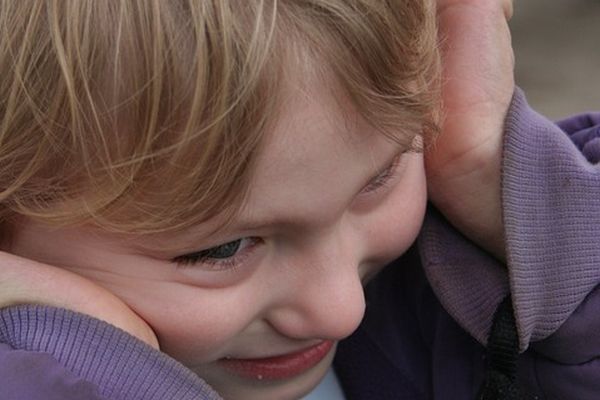TAU protein typically found in Alzheimer’s disease patients in tissues, taken from the postmortem brain of a 7-year-old autistic child.
The deposits were found in a child with the ADNP syndrome – deficiency/malfunctioning of ADNP protein – which is essential for brain development. The child who died in Croatia, was characterized by intellectual disability, severe developmental delay, and autism.
Will you offer us a hand? Every gift, regardless of size, fuels our future.
Your critical contribution enables us to maintain our independence from shareholders or wealthy owners, allowing us to keep up reporting without bias. It means we can continue to make Jewish Business News available to everyone.
You can support us for as little as $1 via PayPal at office@jewishbusinessnews.com.
Thank you.
In light of the research findings, the team tested an experimental drug called NAP — originally developed for Alzheimer’s disease — on nerve cells in a model of ADNP syndrome with the mutation inducing Alzheimer’s-like symptoms. The experiment was a success, with the damaged nerve–like cells returning to normal function.
- ADNP syndrome is defined as one of the 10 most common genetic syndromes on the autism spectrum and is characterized by mental impairment.
- The implication: In all likelihood, treatment with the experimental drug will aid cognitive improvement in autistic children, and will enhance their memory and learning skills.
The findings by an international team led by Prof. Illana Gozes of the Department of Human Molecular Genetics and Biochemistry, Tel Aviv University, published in Nature
Prof. Gozes explains “NAP is actually a short active fragment of the normal ADNP protein. When we added NAP to the nerve cells carrying an ADNP mutation, the tau protein bound to the nerve cell skeleton properly, and the cells returned to normal function.”
Prof. Gozes: “because other genetic disorders related to autism are characterized by tau pathologies in the brain, we hope that those suffering from these syndromes will also be able to benefit from NAP treatment in the future.” It is important to note that NAP (also called CP201) has been classified as an “orphan drug” by the US Food and Drug Administration, and is currently in the preparatory stages of a clinical trial in children with ADNP syndrome through the company Coronis Neurosciences.
In another phase of the study, the researchers sought to broaden their understanding of the effects of the mutation that causes ADNP syndrome. To do this, they extracted the genetic material mRNA (messenger RNA) from the tissues of the deceased child, and performed an expression analysis of about 40 proteins in the same child, encoded by the mRNA. Full genetic sequencing was also performed to determine protein expression in white blood cells taken from three other children with ADNP syndrome. An in-depth study was carried out on all of the data obtained in the genetic sequencing using advanced bioinformatics computational tools. The data were compared to online databases of protein expression data from healthy individuals, revealing a variety of characteristics that were common to the children with the syndrome, but very different from the normal appearance of these proteins.
Prof. Gozes concludes that “the significance of these findings is that the mutation that causes ADNP syndrome damages a wide range of essential proteins, some of which bind to, among other things, the tau protein, and impair its function as well. This creates various pathological effects in the brains (and other tissues) of children with ADNP syndrome, one of which is the formation of tau deposits, known to be a characteristic of Alzheimer’s disease. The vast and in-depth knowledge we have accumulated through the present study opens the door to further extensive and diverse research. We hope and believe that we will ultimately reach the goal of developing a drug or drugs that will help children with autism resulting from genetic mutations.”




